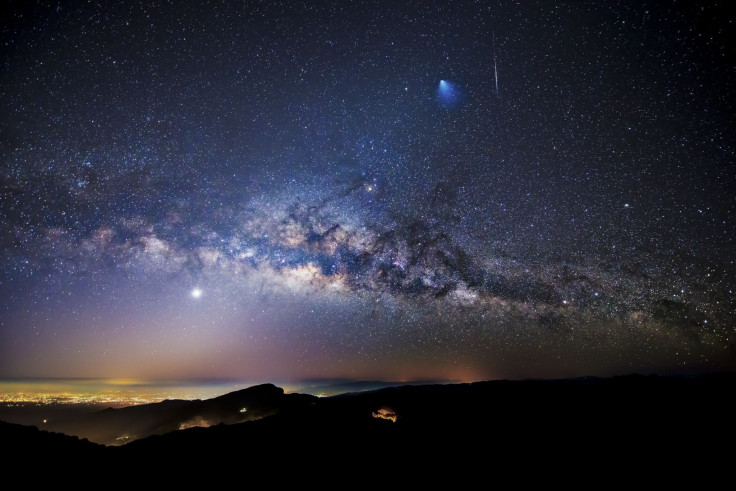Eta Aquariids Peaking This Week: When, Where To Watch The Meteor Shower
KEY POINTS
- The Eta Aquariid meteor shower is peaking on May 5
- It is named after the constellation it appears to radiate from
- Sky watchers can already start looking for the meteors
Sky watchers are in for a special treat this week with the peak of the eta Aquarid meteor shower.
The modest Lyrid meteor shower in April had brought an end to the meteor shower drought in the first few months of the year. Now May brings another meteor shower for sky watchers to enjoy--the Eta Aquarid meteor shower.
Named after the constellation Aquarius where it appears to radiate from, the Eta Aquarid meteor shower is active from mid-April to late May but will peak before dawn on May 5, EarthSky said. The best time to view it would be an hour or two before morning twilight, the outlet noted, so sky watchers will have to wake up early to catch a glimpse of it.
This particular meteor shower is quite strong in the southern tropics, the American Meteor Society (AMS) said. From the equator northwards, it typically produces a "medium" rate of 10 to 30 meteors. In the U.S., for instance, those in more southern states tend to observe more meteors than those in more northern states, EarthSky noted.
Those eager to watch the meteor shower can start doing so as it is visible already, while those who will miss the May 5 peak can still catch it in the days after. "Activity is good for a week centered the night of maximum activity," the AMS noted.
The Eta Aquariid meteors will be "swift" ones with persistent trains, the organization said. NASA has noted that the Eta Aquariid meteors are known for their speed.
While watching for the meteors, some may also want to watch out for Jupiter and Saturn with the moon in the early morning sky, EarthSky noted.
Those planning to watch the Eta Aquariids should look for a place where they can have a wide view of the sky, somewhere that's preferably away from city lights. It's important to dress comfortably and properly for the weather as watching for meteor showers tend to take a while. Bringing a blanket or a chair may also help.
To start spotting the meteors, one only has to lie down and look up. Remember that it takes about 20 minutes for the eyes to adjust to the darkness, so one really needs to be patient and allot at least an hour for the activity.
The Eta Aquariids happen when the Earth crosses the path of Halley's Comet. The planet passes this path again later in the year, which then causes the Orionid meteor shower that peaks in October.

© Copyright IBTimes 2025. All rights reserved.






















